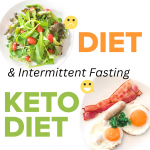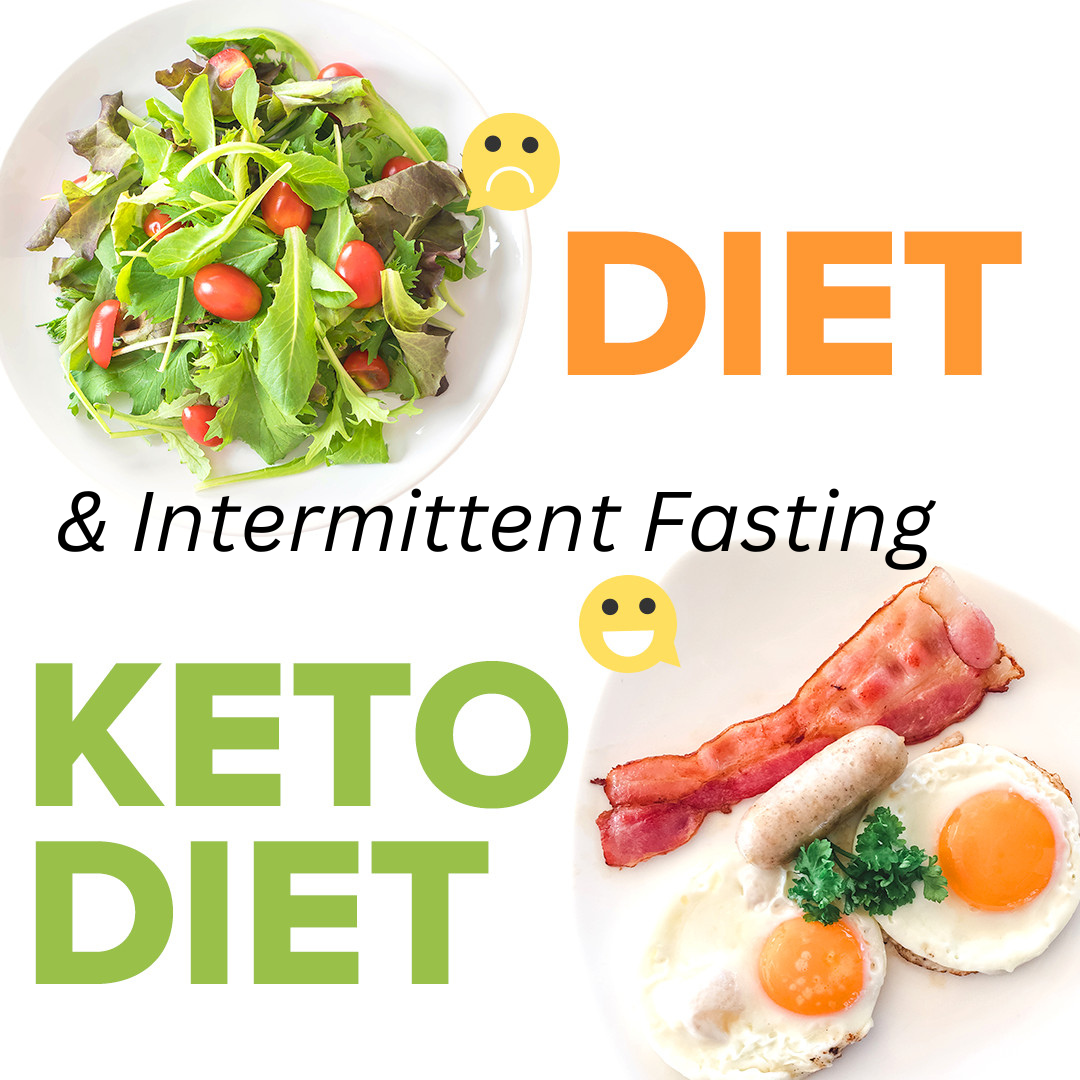What is the difference between Chrononutrition & Chronotype? Ever been puzzled over why certain diets seem to work wonders for some but not for you? The secret might lie in the alignment of your meals with your body’s internal clock, a principle known as chrononutrition.
In a snapshot:
- Explore the concepts of Chrononutrition & Chronotype, understanding how they interplay with our health.
- Discover the importance of nutrient-dense foods in Chrononutrition and their interaction with your Chronotype.
- Learn how to balance blood sugar and improve weight loss through the application of Chrononutrition principles.
- Find out how to align your eating patterns with your Chronotype for optimized health.
Understanding Chrononutrition & Chronotype
What is Chrononutrition?
Chrononutrition is a growing field of nutrition that studies the impact of circadian rhythms on metabolism and health. By focusing on not just ‘what’ we eat, but ‘when’ we eat, Chrononutrition aims to align our eating patterns with our internal biological clock for optimal health.
What is a Chronotype?
Chronotype refers to an individual’s natural inclination towards alertness and sleepiness during a 24-hour period. It’s a biological trait that influences our energy levels, mood, and even digestion. There are typically four chronotypes: Bear, Wolf, Lion, and Dolphin, each with its unique sleep-wake cycle and energy patterns.
The Connection between Chrononutrition and Chronotype
Chrononutrition and Chronotype are intrinsically linked. By aligning our eating schedule with our Chronotype, we can potentially enhance our metabolism, reduce the risk of chronic diseases, and improve overall health. This synergy can also influence weight management and blood sugar control.
The Role of Nutrient-Dense Foods in Chrononutrition
Importance of Nutrient-Dense Foods
Nutrient-dense foods, packed with vitamins, minerals, complex carbohydrates, lean protein, and healthy fats, play a crucial role in Chrononutrition. They provide sustained energy, keep us satiated longer, and contribute to better metabolic health.
Examples of Nutrient-Dense Foods
Examples of nutrient-dense foods include whole grains, lean proteins, fruits, vegetables, nuts, and seeds. These foods offer a rich supply of nutrients without excess calories, making them an excellent choice for a balanced diet.
How Nutrient-Dense Foods Interact with Your Chronotype
Nutrient-dense foods interact with your Chronotype by influencing your energy levels and metabolic processes throughout the day. For instance, a ‘Lion’ Chronotype might benefit from a protein-rich breakfast, while a ‘Wolf’ may do better with a larger meal later in the day.
Balancing Blood Sugar with Chrononutrition & Nutrient-Dense Foods
The Impact of Chrononutrition on Blood Sugar Levels
Chrononutrition can have a significant impact on blood sugar levels. Eating in alignment with our internal biological clock can help optimize glucose metabolism, potentially leading to more stable blood sugar levels throughout the day.
How Nutrient-Dense Foods Can Balance Blood Sugar
Nutrient-dense foods, especially those rich in fiber, can slow the absorption of sugar into your bloodstream and prevent spikes and crashes. Including such foods in your meals can help balance blood sugar levels and provide steady energy.
Practical Tips for Balancing Blood Sugar
To balance blood sugar, consider eating smaller, more frequent meals throughout the day, focus on including fiber-rich foods in each meal, and try to align your eating patterns with your natural energy rhythms.
Improving Weight Loss with Chrononutrition & Nutrient-Dense Foods
How Chrononutrition Can Support Weight Loss
Chrononutrition can support weight loss by optimizing our body’s natural metabolic rhythms. Eating in sync with our Chronotype can enhance digestion and nutrient absorption, potentially leading to better weight management.
Role of Nutrient-Dense Foods in Weight Loss
Nutrient-dense foods can play a vital role in weight loss. They provide essential nutrients without excess calories, keeping you satiated and reducing the likelihood of overeating. Combining nutrient-dense foods with Chrononutrition principles can create a powerful approach to weight loss.
Actionable Steps for Weight Loss
To enhance weight loss, consider integrating nutrient-dense foods into your meals, align your eating patterns with your Chronotype, and incorporate regular physical activity. Be patient and consistent, as sustainable weight loss often takes time.
Aligning Your Eating Patterns with Your Chronotype
Identifying Your Chronotype
Identifying your Chronotype can be as simple as observing your natural sleep-wake cycle and energy patterns. There are also online quizzes and self-assessment tools available to help you determine whether you’re a Bear, Wolf, Lion, or Dolphin.
Adjusting Your Eating Patterns According to Your Chronotype
Once you’ve identified your Chronotype, you can adjust your eating patterns accordingly. For instance, ‘Lions’ may benefit from an early dinner, while ‘Wolves’ might find a later mealtime more satisfying.
Examples of Aligned Eating Patterns
If you’re a ‘Bear’ Chronotype, you might eat breakfast at 7 am, lunch at 12 pm, and dinner at 7 pm. A ‘Wolf’, on the other hand, might prefer breakfast at 9 am, lunch at 2 pm, and dinner at 8 pm. Remember, these are just examples; the key is to find a pattern that feels natural and sustainable to you.
Embracing Chrononutrition for Optimal Health
Recap of Key Takeaways
Embracing Chrononutrition and aligning your eating patterns with your Chronotype can have significant benefits for your health. Not only can it help balance your blood sugar levels, but it can also support your weight loss efforts. Nutrient-dense foods play a crucial role in this process, providing essential nutrients without excess calories.
Are you ready to Implement these Strategies?
By implementing the strategies discussed, such as identifying your Chronotype and adjusting your eating patterns accordingly, you can take a proactive approach to improve your health. Remember, small consistent steps can lead to big changes over time.
Frequently Asked Questions
Q: Can Chrononutrition really help with weight loss?
As a follower of Chrononutrition, I’ve found it to be an effective way to manage weight. By aligning meal times with my natural body rhythms, I’ve noticed improved digestion and a decrease in late-night snack cravings. However, keep in mind that everyone is different, and what works for one person may not work for another.
Q: What are some examples of nutrient-dense foods that can support Chrononutrition?
Foods like lean proteins, whole grains, fruits, vegetables, nuts, and seeds are all nutrient-dense and can support Chrononutrition. I’ve personally found that incorporating these foods into my diet keeps me satiated and energized throughout the day.
Q: How can I identify my Chronotype?
There are several online tools and quizzes available to help identify your Chronotype. Personally, I found it helpful to observe my natural sleep-wake patterns and energy fluctuations throughout the day.
Q: I’m a night owl. How can Chrononutrition work for me?
As a night owl or ‘Wolf’ Chronotype, you can adjust your meal times to later in the day when your energy levels peak. This could mean having breakfast a bit later or having your main meal in the evening. I’m a ‘Wolf’ myself and adjusting my eating patterns in this way has
Q: I’ve tried dieting before with no success. Why should I try Chrononutrition?
As someone who has also faced the struggles of traditional dieting, I’ve found Chrononutrition to be a game-changer. Instead of focusing solely on ‘what’ to eat, Chrononutrition considers ‘when’ we eat, which has made a big difference in my health and weight management. However, remember that it’s always best to consult with a healthcare professional before starting any new dietary regimen.
Q: How does Chrononutrition help balance blood sugar?
Chrononutrition works to balance blood sugar by aligning meal times with our body’s natural metabolic rhythms. In my case, I’ve noticed that eating in tune with my Chronotype has led to fewer blood sugar spikes and crashes throughout the day.
Q: Can I still eat my favorite foods on a Chrononutrition plan?
Absolutely! The beauty of Chrononutrition is that it’s about ‘when’ you eat, not just ‘what’ you eat. That said, nutrient-dense foods are encouraged as they provide the essential nutrients your body needs. Personally, I’ve found ways to include my favorite foods in a balanced and mindful way.
Q: What if my schedule doesn’t allow for meal times aligned with my Chronotype?
As a busy individual myself, I understand that it’s not always easy to align meal times perfectly with your Chronotype. In such cases, I’ve found it helpful to at least aim for a consistent meal schedule that is as close to my natural rhythms as possible. Remember, the goal of Chrononutrition is to support your health, not add stress.
Now, are you ready to embrace Chrononutrition for optimal health?
Imagine aligning your eating patterns with your natural body rhythms and experiencing improved blood sugar balance, weight management, and overall health. It’s possible, and the journey starts with you! Let’s take this step towards health together.
However, I’m curious, do you think Chrononutrition could be the missing link in your health journey?
What is Chrononutrition?
chronotype, on the other hand, is your personal biological clock that determines your body’s rhythms. It’s like your body’s schedule for various biological functions such as sleep, metabolism, and digestion. Some of us are ‘morning larks’, while others are ‘night owls’, and this can significantly influence how we metabolize food.
So, how do chrononutrition and chronotype intersect? Well, they’re two pieces of the same puzzle. By understanding your chronotype, you can tailor your eating patterns to align with your body’s natural rhythms. This means you’re not just eating the right foods, but you’re eating them at the right times, too. It’s a holistic approach that can unlock a new level of wellbeing. Think of it as a dance, with chrononutrition and your chronotype moving in perfect harmony to the rhythm of your body’s clock.
In the world of chrononutrition, the importance of nutrient-dense foods cannot be overstated. These power-packed foods give you the most vitamins, minerals, and other nutrients for the fewest calories. They are like fuel for your body, providing essential nutrients that help your body function at its best.
Some stellar examples of nutrient-dense foods include lean proteins, whole grains, fruits, vegetables, and healthy fats. Foods like blueberries, kale, salmon, and quinoa are often hailed as “superfoods” because of their high nutrient content. But remember, it’s all about variety. A well-rounded diet with a range of different nutrient-dense foods will give your body the mix of nutrients it needs.
Now, let’s consider how nutrient-dense foods interact with your chronotype. Imagine you’re a morning lark, up with the dawn and ready for breakfast. A nutrient-dense breakfast can kickstart your metabolism in line with your chronotype, setting you up for a day of balanced energy levels. On the flip side, if you’re a night owl, consuming nutrient-dense foods during your natural active period can help maximize nutrient absorption and energy use. By aligning your intake of nutrient-dense foods with your chronotype, you’re not just feeding your body; you’re nourishing it in sync with your internal clock.











